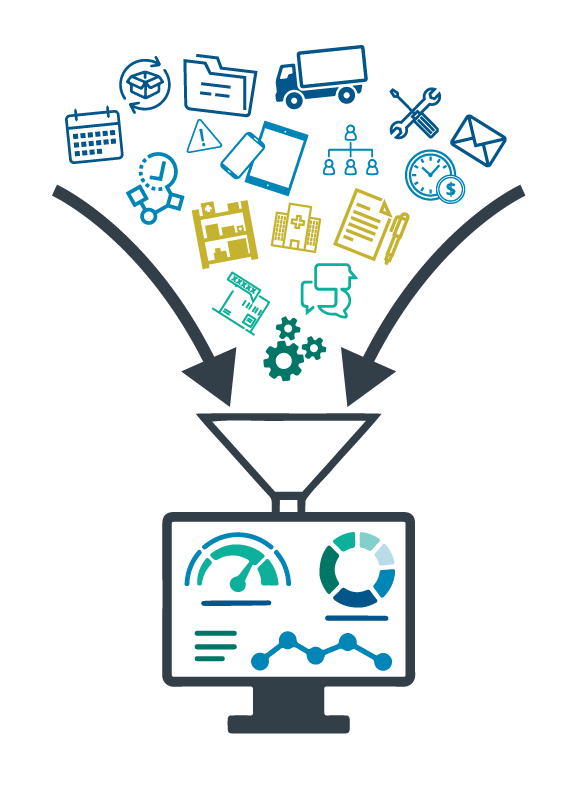
5 Areas for Health Systems to Implement Supply Chain Automation
April 27, 2022
How to Map your Health System’s Procure to Pay Processes
June 28, 2022Managing contracts can quickly become burdensome with thousands of active suppliers being utilized in every health system. Organizations must create a centralized contract repository in order to manage their contracts and terms properly.
What is a contract repository?
A contract repository is simply a central location housing all vendor contracts a health system uses. As a core component of a successful contract management system, the repository must collect and consolidate ALL contracts including local and GPO contracts. The system containing the repository must be able to store the data as well as electronic files of the contracts.
Building a centralized contract repository at the health system level creates a single source of truth (SSOT) for all contract data. Once the information is centrally organized it can be linked to other systems throughout the organization such as the ERP, requisition, and purchasing systems.

Benefits of a Contract Repository
Quick Access to all Contract Data
An SSOT for all contracts and contract data is a universal resource across the procure to pay (P2P) process and the entire health system. Consistent data across processes that are touched by several departments such as the P2P process, align the departments and enhance communication.
For example, it allows accounts payable (AP) to quickly compare invoices to current pricing information on contracts. Having up-to-date information readily available should decrease errors in the invoice matching process.
Not only does a contract SSOT create transparency for communication, but it also drives efficiencies. For example, access to the repository and its data can allow for quick and automated information needed for building purchasing orders (POs) during the requisition.
Opportunities for Automation in Supply Chain and AP
A contracting SSOT prepares data for automation throughout the P2P process when connected to other systems such as the ERP system. When a health system’s contract data is linked to the invoice processing system and item master PO/invoice matching can be automated.
One example of a contract repository enabling automation occurs in the three-way matching process. In this process, health systems prevent invoice holds by automatically matching the PO, invoice, and order receipt.

Learn how an SSOT can automate many supply chain functions.
Keep Contracts Current
Contract data stored in one location and coupled with simple automation can alert a health system of expiring contracts. With hundreds to thousands of active contracts, it is tough to keep track of all expiring contracts. However, a notification can be critical to begin negotiating a new agreement in time to prevent contract lapses and mitigate the chances of receiving list prices.
TAG TIP: The process of vetting a new supplier and negotiating terms often takes several iterations before both parties agree and can proceed. We recommend having a six-month notification time for expiring contracts to allow sufficient time to vet, negotiate, and finalize.
Does your health system have ALL of your contracts located in a single, centralized location? If not, we’re here to help. We’ll create a contract repository for you and notify your contracting team when agreements are due to expire. Contact us now to learn more.



